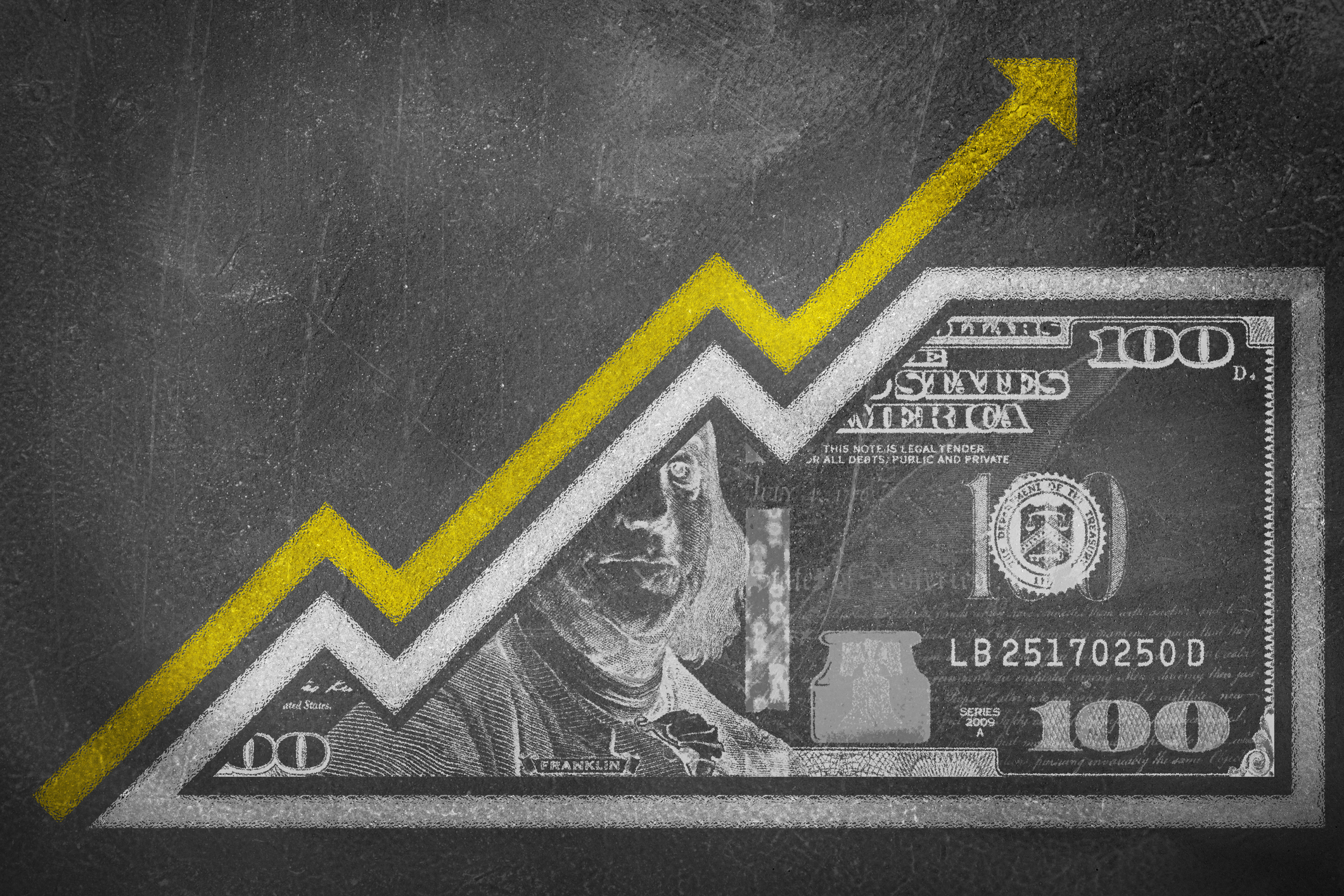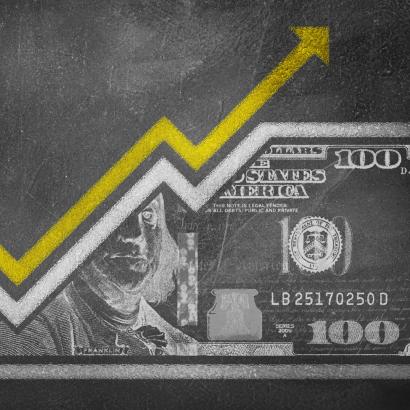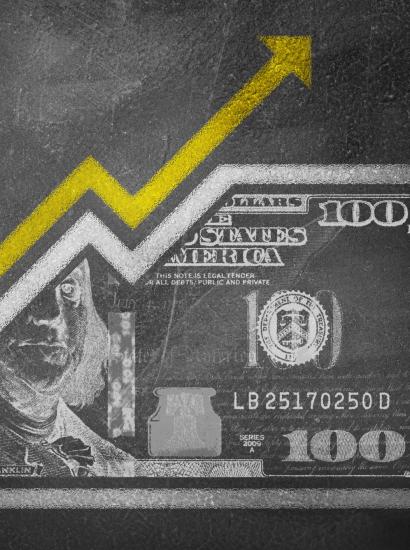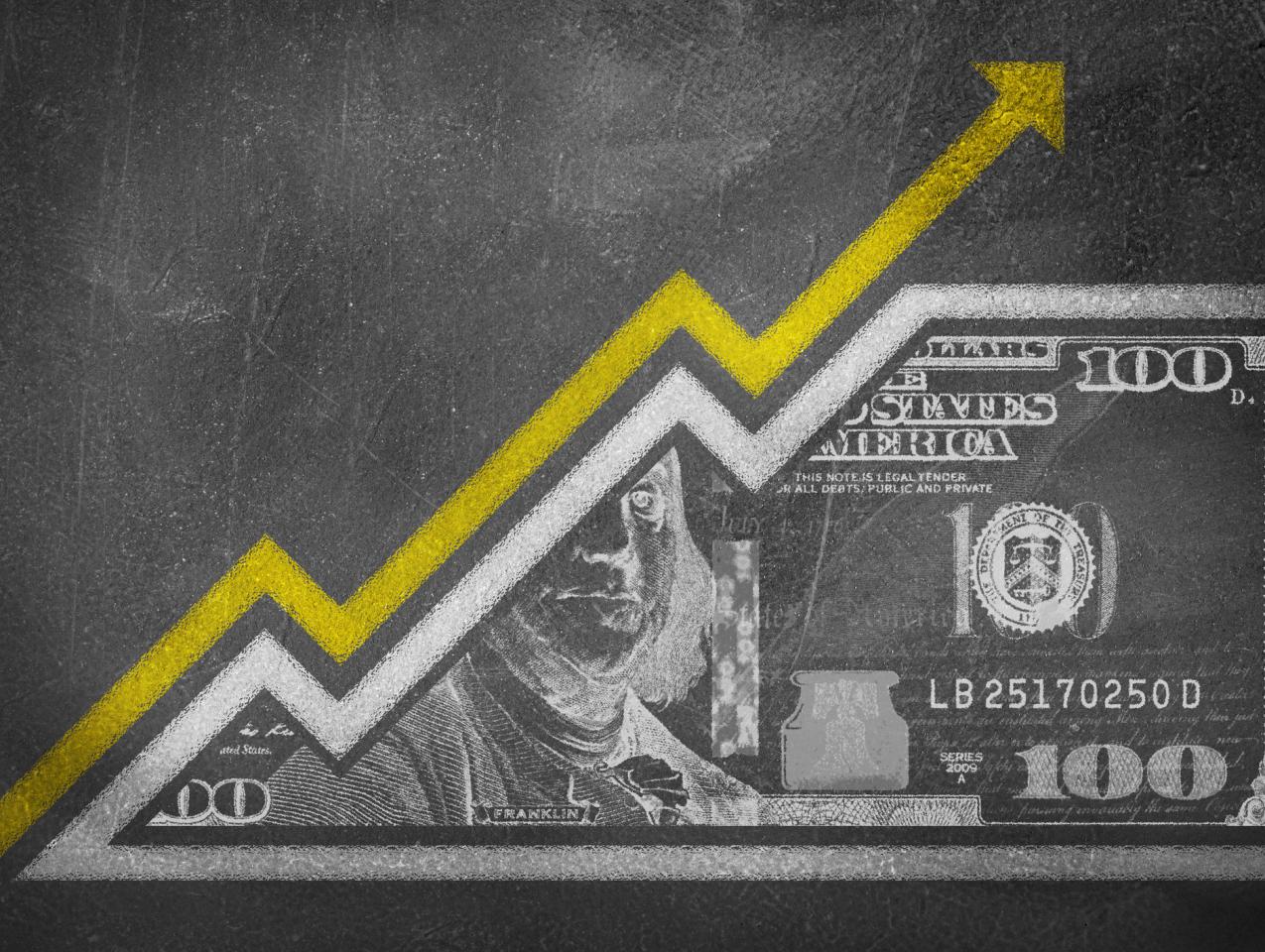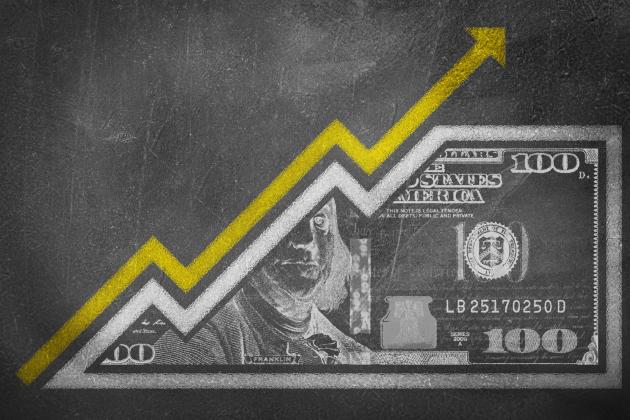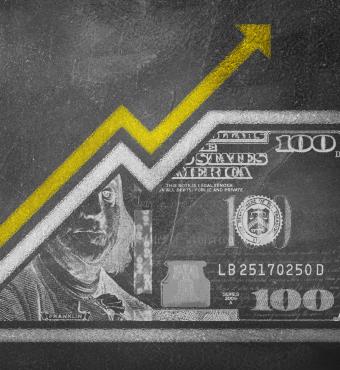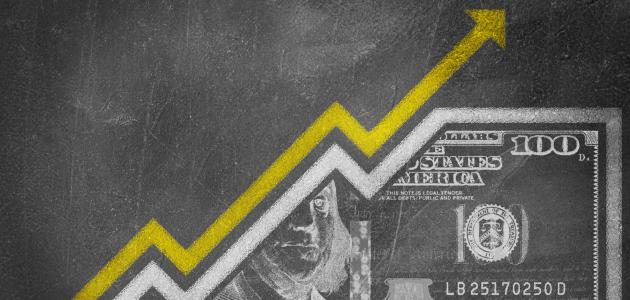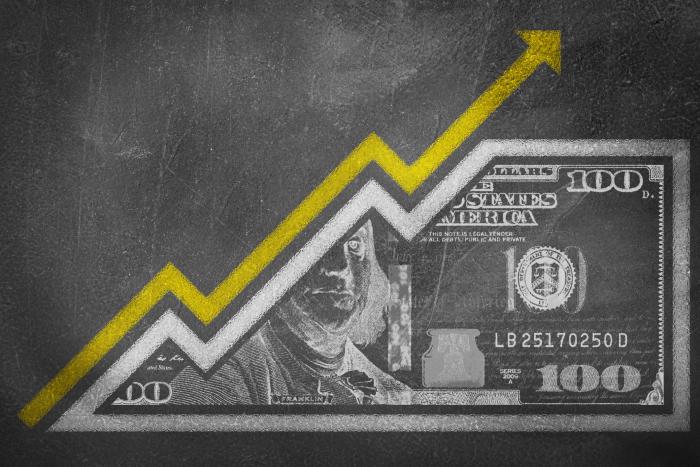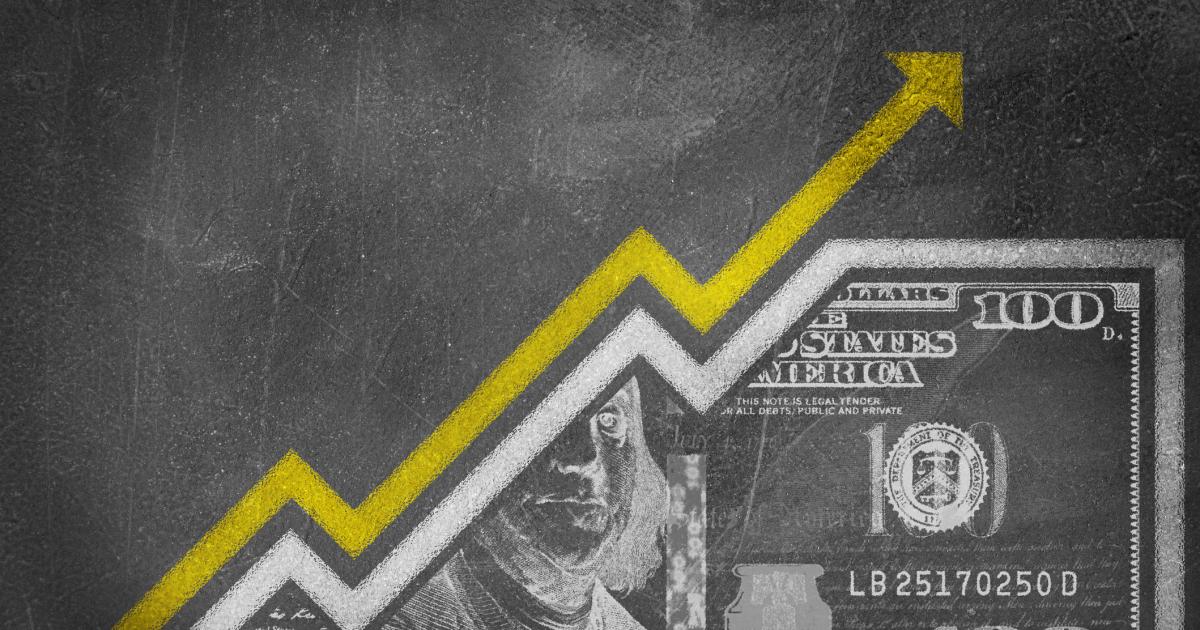- Economics
- Health Care
- Politics, Institutions, and Public Opinion
- State & Local
- California
In case you’ve wondered what a bad week looks like for a California governor, it goes something like this:
It begins with a member of the State Assembly—not just any rank-and-file member but the chair of the chamber’s Budget Committee—cattily remarking: “It would be great to get a heads-up from the governor’s office rather than watching it on national TV” (that, in response to Gov. Gavin Newsom surprising the state legislature by telling MSNBC’s Rachel Maddow that he’s worked out a deal with a consortium of nonprofits and acquired technology for 200 million medical-grade masks per month).
Next up, the governor discovers that none of the 1,000 ventilators that Tesla CEO Elon Musk promised to California hospitals had yet to reach a medical center. Apparently, to borrow a line from Cool Hand Luke, “what we’ve got here is failure to communicate” between the tech visionary and the leader of the world’s fifth-largest economy.
And the hits keep coming.
A Newsom administration official testified last Thursday that details of the aforementioned mask purchase—a $1 billion contract—won’t be released until there’s an “assurance the supply is going to be arriving.” It’s a stance that pleases neither lawmakers nor the media.
Rounding out the week, the governor’s Friday press conference ran into technical difficulties—an audio glitch turning the governor’s voice into a grating reverb.
And later that same day: a choppy rollout of the governor’s 93-member state Task Force on Business and Jobs Recovery (good luck handling that Zoom call)—“choppy” in that the list of appointees wasn’t immediately available, although task force cochair Tom Steyer didn’t miss a chance to get in front of the cameras.
Let’s assess the severity of these various infractions.
The easiest fix: the governor’s audio feed.
After that: perhaps mending fences with Elon Musk (Newsom praised the Tesla CEO for his “heroic effort.” Besides, the governor is a fan of Mr. Musk’s electric vehicles, with this lengthy New Yorker profile dryly noting that three Teslas were parked in the driveway of Newsom’s former Marin County home).
It’s the next two hurdles that may prove problematic for Newsom—and Californians worried about the state’s continued march left.
Historically, California governors and legislators don’t have the best of relationships in the worst of economic times (Gray Davis being a good example—the governor and his fellow Democrats in the state legislature spent their way into a budget crisis, then haggled over where to do the cutting).
Let’s assume Newsom steps up his conversations with state lawmakers as he moves closer to releasing a revised version of his January budget proposal. That’s a revision further complicated by: (a) the shutdown of California’s economy and its devastating impact on projected tax revenue, meaning a drastic rewrite of the spending plan; and (b) the postponement of the state tax deadline until July 15. (Assuming the legislature meets the constitutionally mandated June 15 budget deadline, it’s likely that the new budget will be revisited in August after the tax revenue has been realized.)
Now, what should concern the world outside the State Capitol: the likely findings of the governor’s economic recovery task force.
A working group isn’t a new concept in Sacramento. In December 2008, then governor Arnold Schwarzenegger trotted out a Commission on the 21st Century Economy to address California’s outdated revenue system and the spectacle of feast-or-famine budget cycles (among the appointees: Hoover senior fellows and economists Michael Boskin and John Cogan).
The commission was bipartisan, with a Republican governor and Democratic lawmakers doing the choosing, and free from the taint of special-interest pursuits and agendas.
What Newsom produced last week is the opposite.
Of the 82 nonpolitical appointees (excluding the two cochairs and nine officeholders, past and present), no fewer than 12 members representing labor or union organizations get to have a say (the Service Employees International Union got two slots).
The task force embodies Newsom’s penchant for big ideas and big names that generate big headlines (the inclusion of Apple CEO Tim Cook and former Disney CEO Robert Iger didn’t go unnoticed).
The group reflects Newsom’s San Francisco’s roots and more upscale tastes—Salesforce CEO Marc Benioff (a fixture in San Francisco politics and philanthropy), plus the owner of the modern Vietnamese restaurant The Slanted Door, a hipster/business/tourist favorite in San Francisco’s Ferry Building (a more populist governor might have gone with the California-iconic In-N-Out).
But the task force also represents entrepreneurial losers and victims in the ongoing progressive rewrite of California’s economy—not to mention noticeable absence of some enterprises villainized by the left.
Pore through the task force’s many names and affiliations and you find much in the way of big banks—i.e., heartless, greedy money managers (so much for San Francisco–based Wells Fargo’s involvement). Fossil fuels are nowhere to be found (sorry, Chevron). Sadly, the gig economy is also underrepresented (which is not a surprise, if you’ve been reading my colleague Lee Ohanian’s analyses of Sacramento’s war on the likes of Uber and Lyft).
What this means: Californians can expect not so much a task-force report as a predetermined outcome of higher taxes and higher wages—and little to show in the way of unfettered free-market capitalism.
Which is a shame. California already has plenty of trouble with a pandemic. But there’s little hope of its progressive fever waning.







